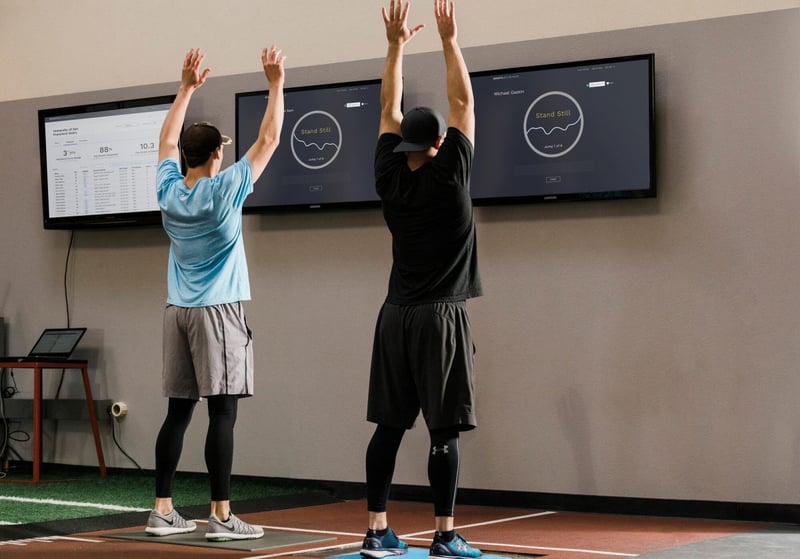
I had a friend contact me recently concerned about their loved one’s elevated triglyceride and glucose levels from the latest blood test. Like many of us, they went straight into problem-solving mode…how can we reduce some of these disease markers found in the blood panel? The friend went on to explain everything they had read online to reduce such markers, as well as conversations with other physicians on the best next steps. The first thing I saw at the top of the blood panel was the time of 3:56pm, so I asked if these markers were done in the required fasting state. The answer was no, obviating any future approach as the lack of fasting was not standardized protocol.
Blood markers can vary greatly depending on the last time you ate, which is why many of these tests require 8-12 hours of fasting prior. Tt puts everyone’s state at a more relative comparison level against others and against yourself. This standardization is a hassle, no doubt, but perhaps a bigger frustration is taking action off of data that is misleading – what if this person went on medications or dietary adjustments that were unnecessary, or worse, created new problems from prescription side effects or nutritional intolerances, all because standardization was overlooked.
Blood panels are great leading KPIs, but that does not exempt them from being standardized; otherwise, they can be leading you in the wrong direction. The tricky part of standardization is finding the lowest barrier for frequent collection, yet stringent enough to ensure that the data is reliably actionable.
It’s funny; standardization can be one of the most boring aspects of data and health, yet no one wants to talk about its importance. It’s far more enjoyable and creative to collect information and find its significance by building models & concepts that provide new insights from the data, all while negating the most important step in the process….Step #1. With our Force Plate Machine Learning™, the most critical part is the initial standardization…what constitutes a standardized movement? Was it a good jump that can be compared against your previous jumps and compared against others that are your peers? Or should we not even bother collecting the data because of the harm it can eventually cause the database, the ML models, and most importantly, the individual.
Because most of us have not been injured in every joint and muscle (although I’ve tried), the only way to calculate our risks is to leverage big data sets (i.e. a data lake) that contain others’ movement signatures who have experienced these unfortunate outcomes. This challenge becomes exponentially difficult, impossible even if these comparisons occur without standardization.
Let’s say we have a group of people being taken through a balance assessment without standardized protocols. Half of the people balance on 2 feet, with eyes open, and have had ACL injuries. The other half balances on 1 foot, with their eyes closed, and have not had ACL injuries. This second group is given warnings that they are at risk for ACL injuries because their pattern from a balance test matches the first group, ignoring the conditions of the test (just like ignoring the fasting before a blood test). So the second group begins actions to limit ACL risk by performing more single-leg movements to strengthen the posterior chain, only to result in a unique uptick in lower back injuries because their bilateral stability was actually the problem. So do we still not want to talk about standardization?
Standardization occurs at a far more granular level as well, whether it is how blood is processed in the lab or even how movement data is collected. Our solution to filtering out bad data, or “garbage” is another feature of FPML™. Built-in settings prevent collecting unstandardized test data, in real-time. As one example, if you try to (or accidentally) double jump to artificially enhance your dynamic performance, the software requests you to repeat the trial and throws out the data from that trial. If there are no such filters to safeguard the incoming data, you cannot go back to cleanse the information. The software term often used here is “garbage in, garbage out.”
These problems and the need for data standardization are common in almost every industry striving for predictive capabilities, including medicine. An example is a diagnosis termed a false positive or false negative. False positives occur when a screen provides an indication that a risk exists, much like the ACL example above, when the group is incorrectly labeled. A false negative occurs when an individual is assigned no risk/diagnosis when risk is actually present. The lack of standardization in movement testing is at the core of many of these errors.
So, maybe it’s time everyone starts talking about movement data standardization. Whether you are already using force plates or shopping for them, be sure to ask exactly how data is standardized to ensure you are taking action off of good data and not garbage.